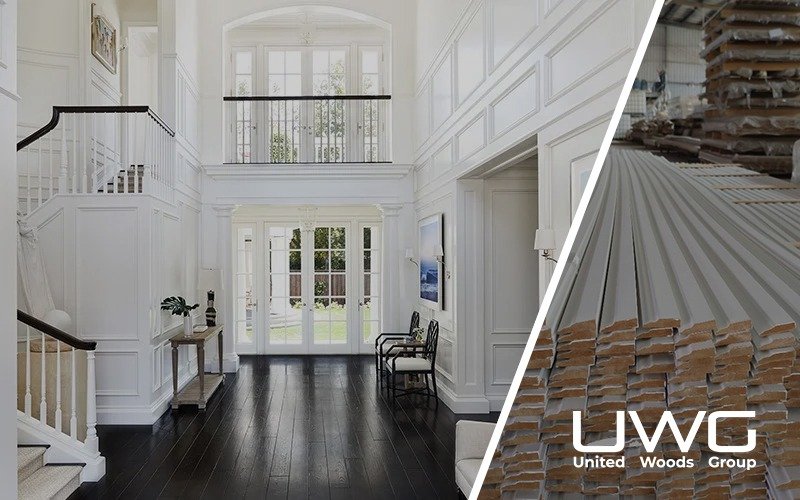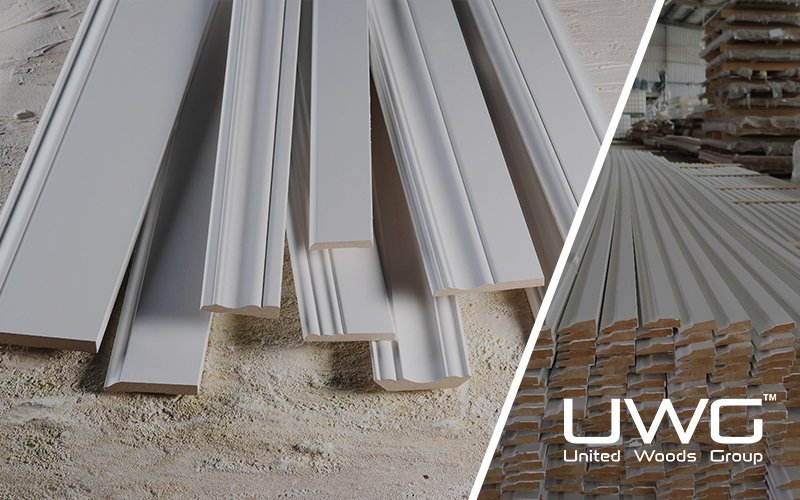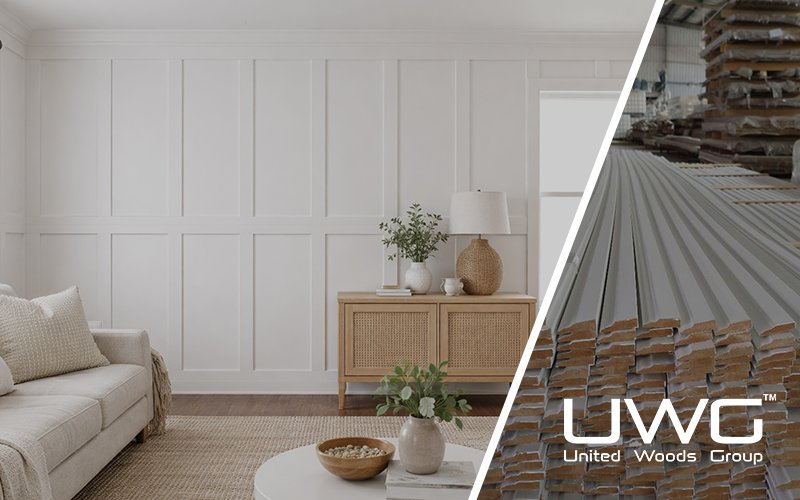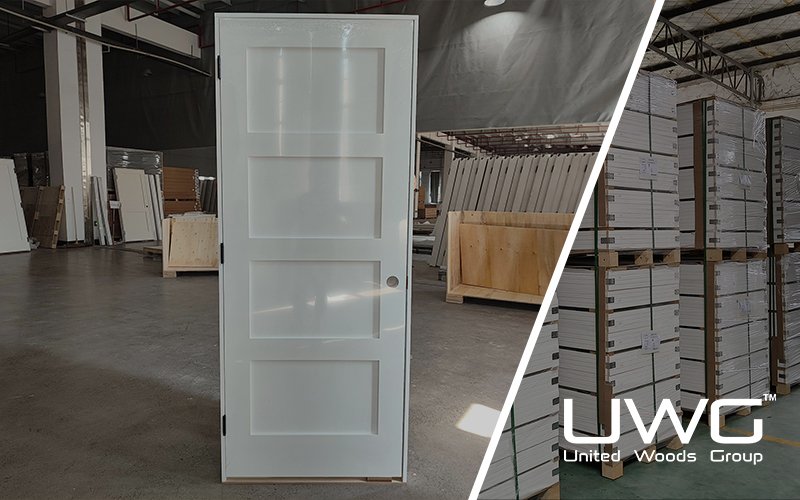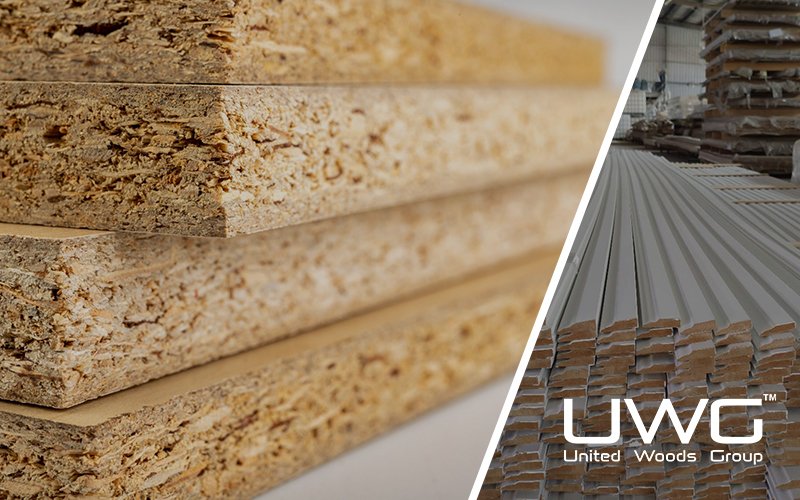In today’s world of interior architecture, mouldings have reclaimed the spotlight. . Whether you’re renovating a heritage building or shaping a sleek modern home, the right mouldings offer both style and structural advantages that set your project apart.But with so many options out there, what exactly are the main types of interior mouldings?
There are five common types of mouldings:Crown mouldings are installed where walls meet ceilings, adding elegance and visual height. Baseboards run along the floor to protect walls and provide a clean edge. Casings frame doors and windows, creating smooth transitions between openings and walls. Chair rails are horizontal strips that help guard walls from furniture, while wainscoting adds decorative paneling and extra durability to the lower wall area.

What Are Mouldings and Why Are They Used?
Mouldings are decorative or functional strips of material—typically wood, MDF, or composite—applied to the transition areas between surfaces or as standalone accents within a room. More than simple decoration, mouldings help conceal construction joints, protect walls from daily wear, frame architectural features, and visually balance proportions in a space. Over centuries, these linear elements have evolved to reflect changing styles, technologies, and homeowner preferences, yet their core purpose endures: to elevate interiors by seamlessly uniting form and function.
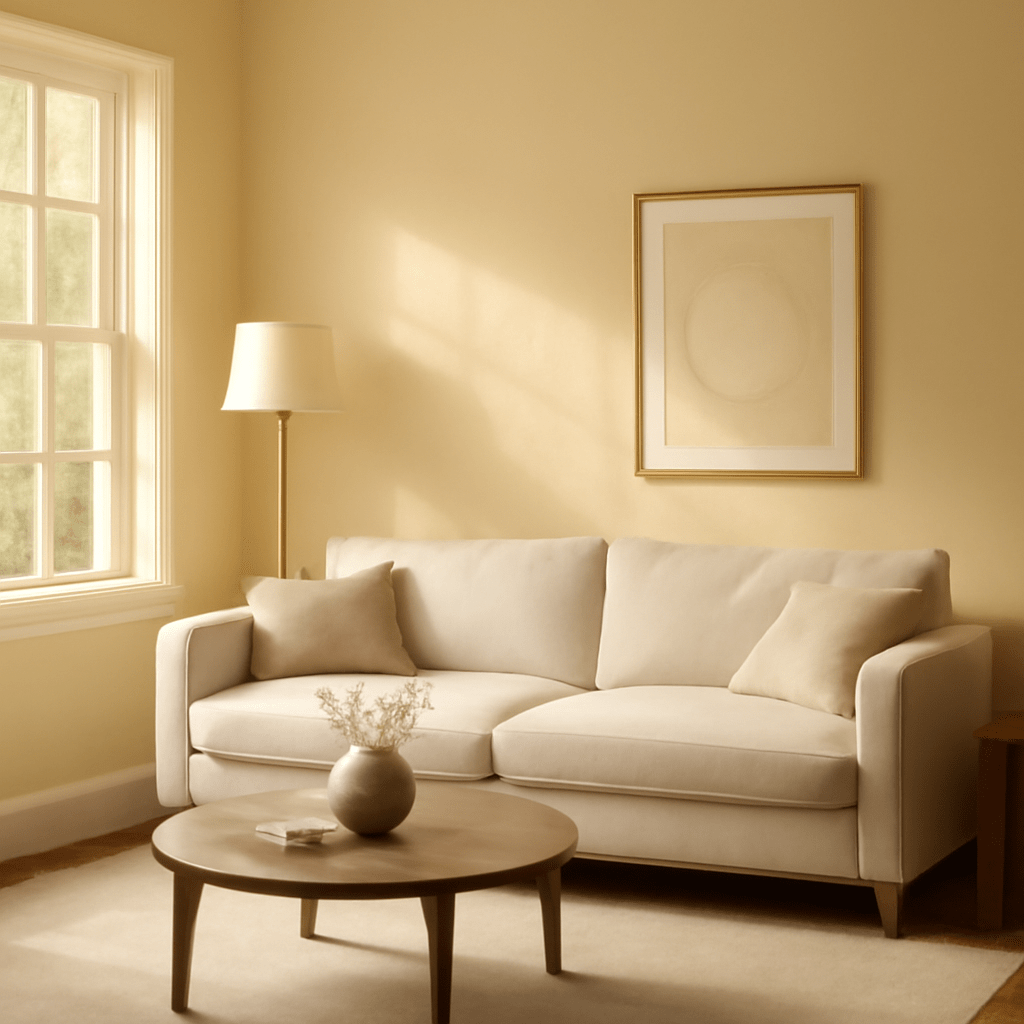
The Five Essential Types of Interior Mouldings
Crown Mouldings
Few details announce elegance like crown mouldings. Installed where walls meet ceilings, crown mouldings soften the harsh right angle, drawing the eye upward and creating a finished look. While their historical roots are in opulent classical architecture, today’s profiles range from deeply ornamental to crisp and minimalist, accommodating every taste. Their key function is to add depth and a sense of grandeur, making rooms appear taller and more refined.
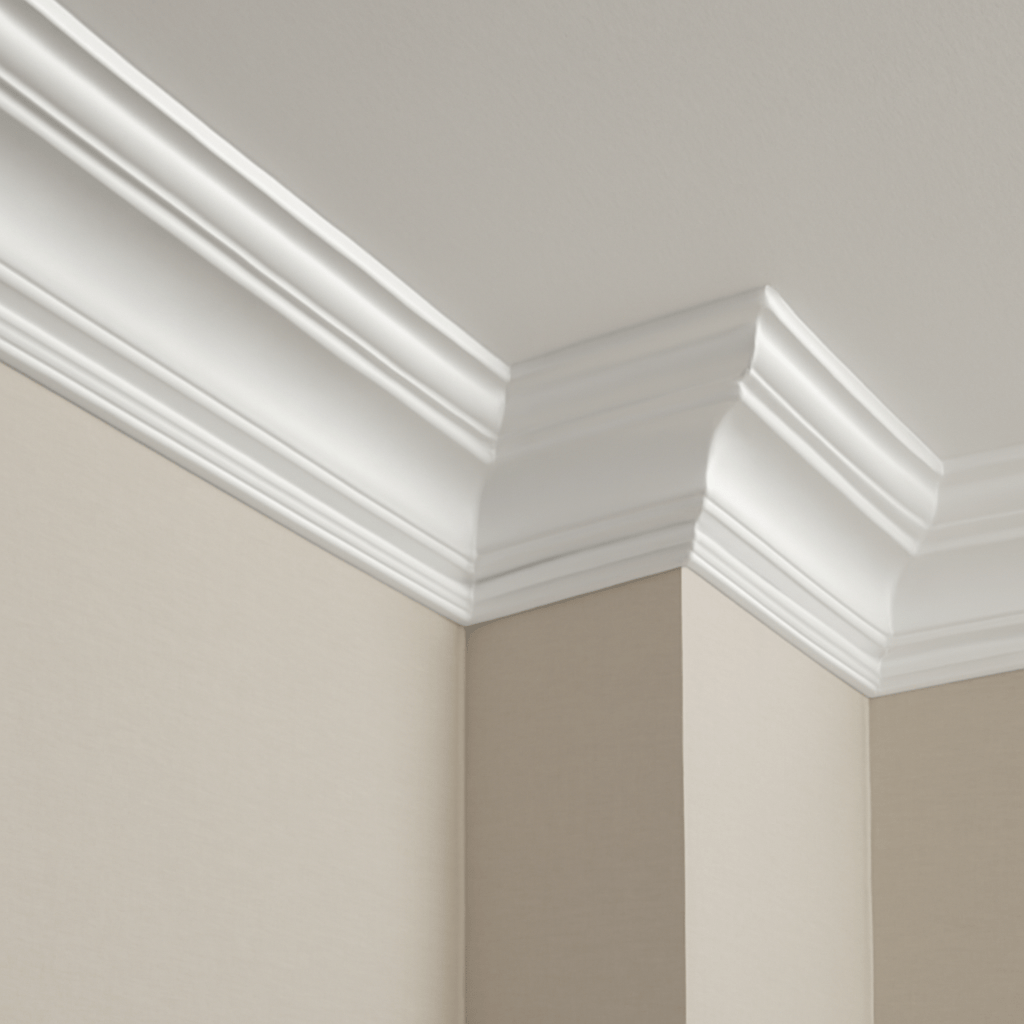
Baseboards
Baseboards are the unassuming backbone of a room’s perimeter. They span the junction where the wall meets the floor, hiding irregularities while protecting wall surfaces from kicks, bumps, and cleaning equipment. Well-chosen baseboards can subtly enhance a room’s proportions or make a bold design statement. They vary in height, thickness, and detail—modern interiors often feature slim, simple baseboards, while traditional rooms embrace taller, more elaborate profiles.

Casing
Casing frames the edges of doors and windows, providing a seamless transition between the opening and surrounding wall. More than a finishing touch, casings conceal gaps, accommodate movement, and tie together the visual language of a room’s trimwork. The right casing profile reinforces architectural style: squared, understated casings complement modern designs; intricate, layered casings evoke classical sophistication.
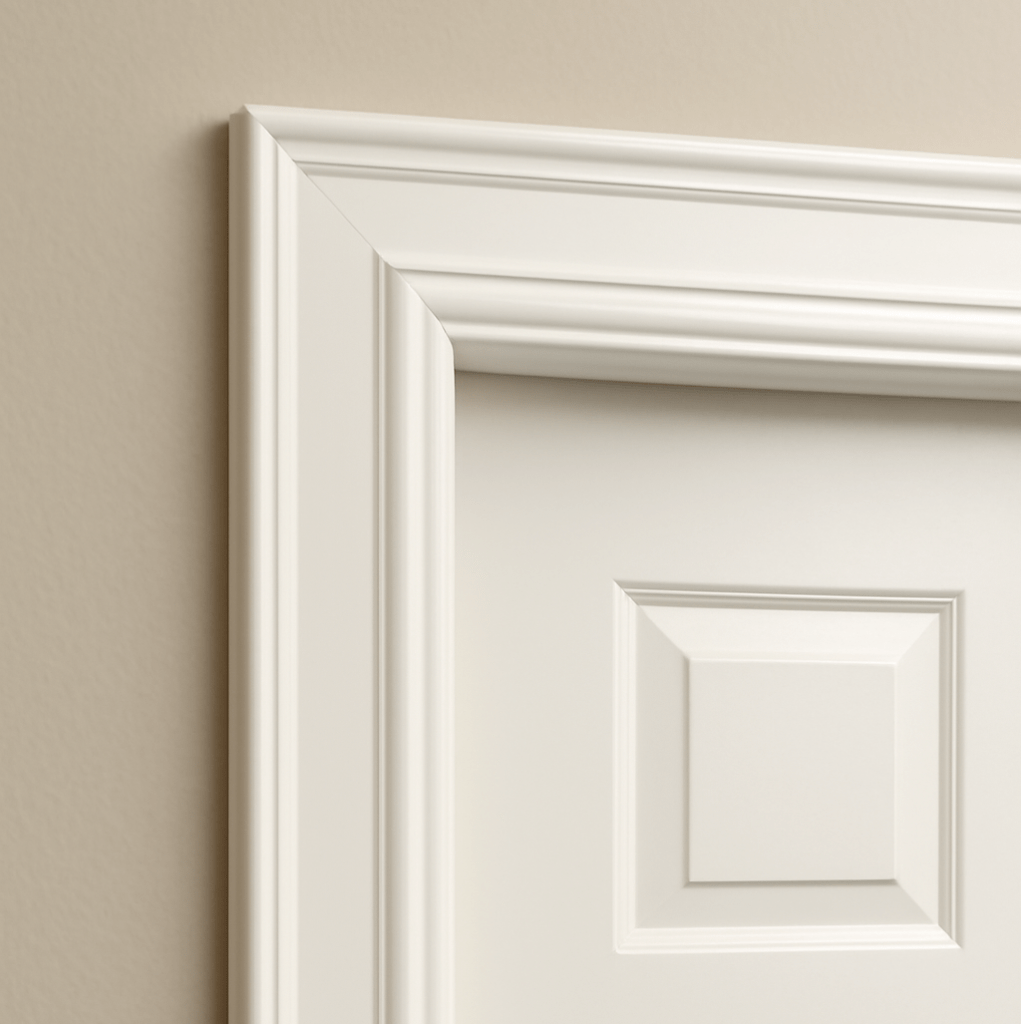
Chair Rail
Chair rails originated as a practical feature, protecting walls from damage by the backs of chairs. Over time, they’ve become a powerful design tool, dividing wall surfaces and introducing horizontal rhythm into a space. Placed typically 32 to 36 inches above the floor, chair rails offer the opportunity to use contrasting paint or wallcoverings above and below, adding dimension and visual interest without overpowering a room.
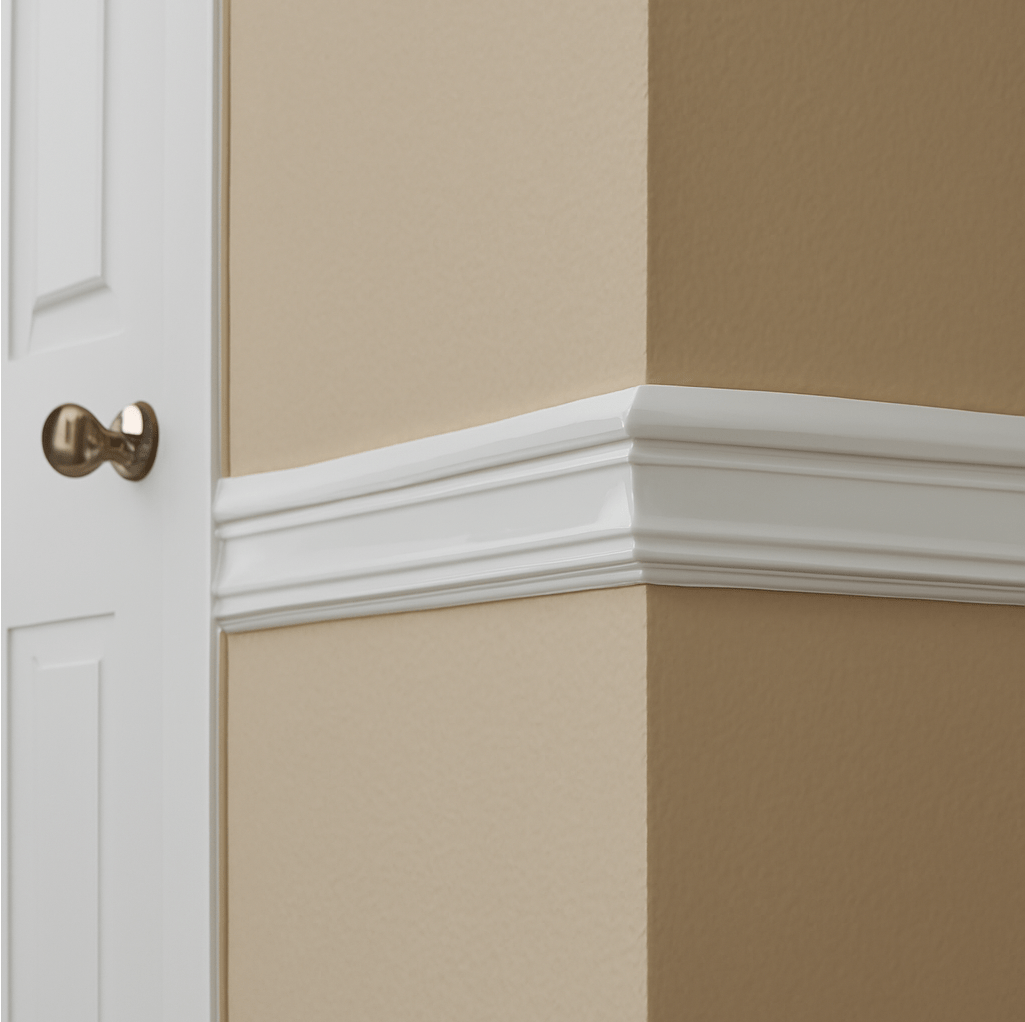
Wainscoting
Wainscoting refers to a combination of paneling and mouldings covering the lower portion of a wall—historically to insulate and guard against scuffs, now as a statement of craftsmanship and luxury. Options range from simple beadboard to elaborate raised panels framed by rails and stiles. Wainscoting brings texture, depth, and classic elegance, especially in dining rooms, foyers, and hallways.
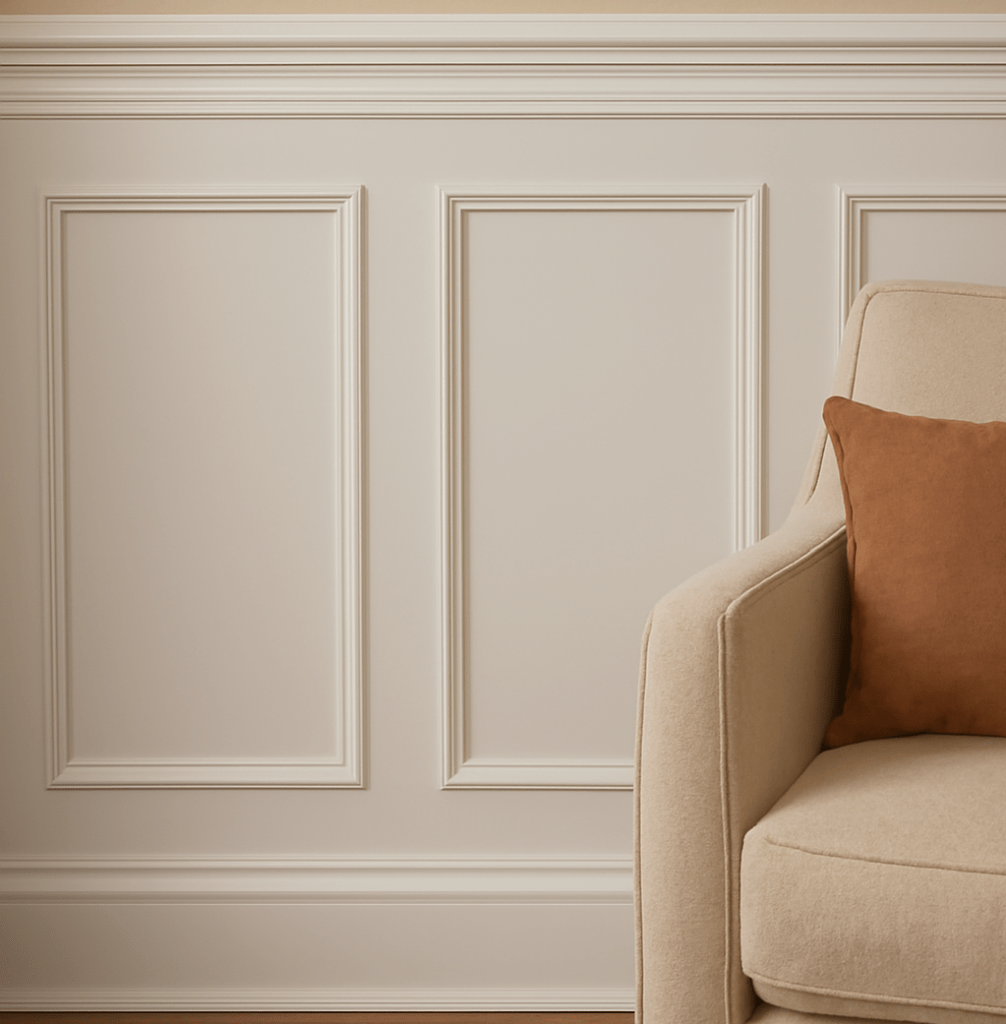
Comparing the Five Types: Nuance and Distinction
While each of these five moulding types has its own unique purpose, they often work best in harmony. Crown mouldings define the upper edge of a room, baseboards ground it, and casings neatly frame the openings. Chair rails and wainscoting introduce horizontal movement and can dramatically change the perception of a room’s proportions. The choice and combination of these elements shape the room’s mood—from formal and ornate to simple and modern—making mouldings a versatile tool in every builder’s arsenal.

Where Are These Mouldings Typically Used?
- Crown mouldings: Living rooms, dining rooms, master suites, and entryways—anywhere you want to introduce a sense of height or luxury.
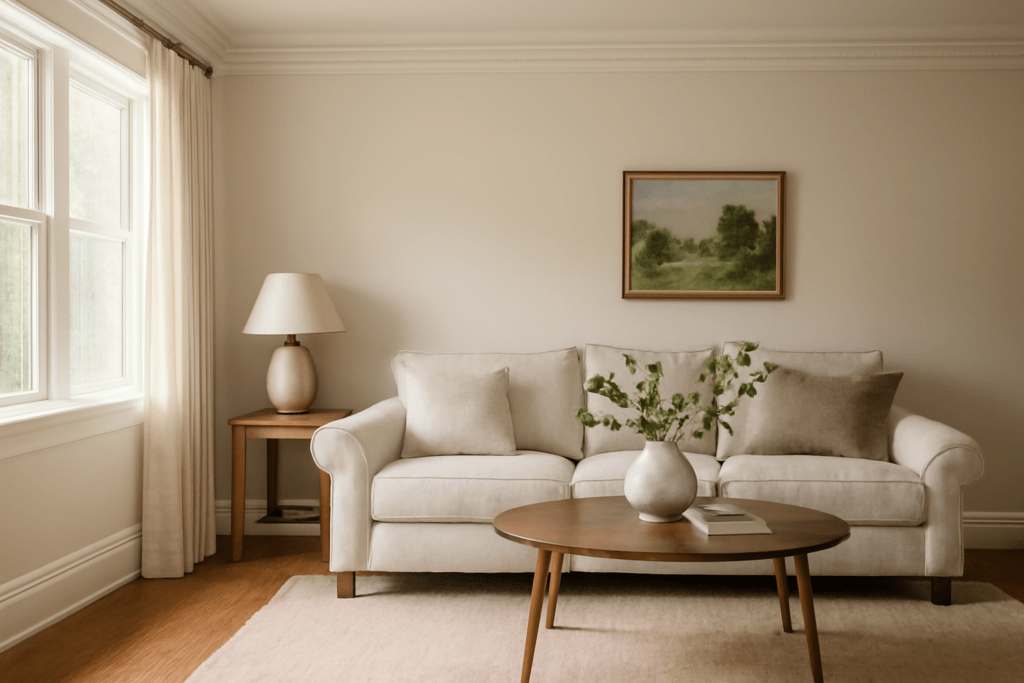
- Baseboards: Universally present in all rooms; especially important in high-traffic areas for protection.
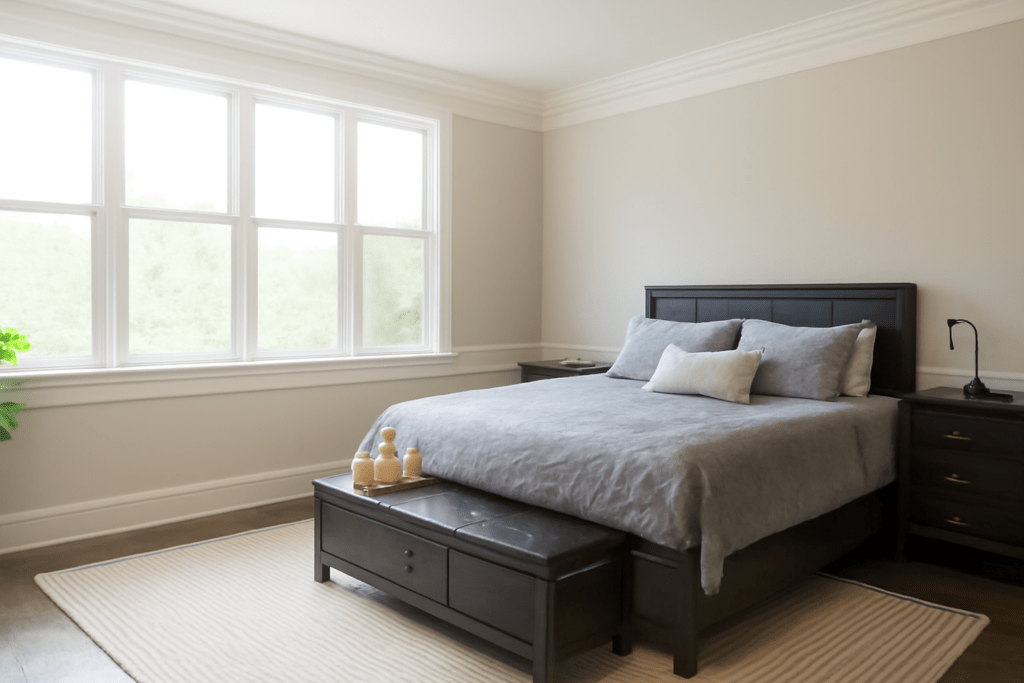
- Casings: Around all interior and exterior doors, windows, and occasionally as wall frames for decorative purposes.
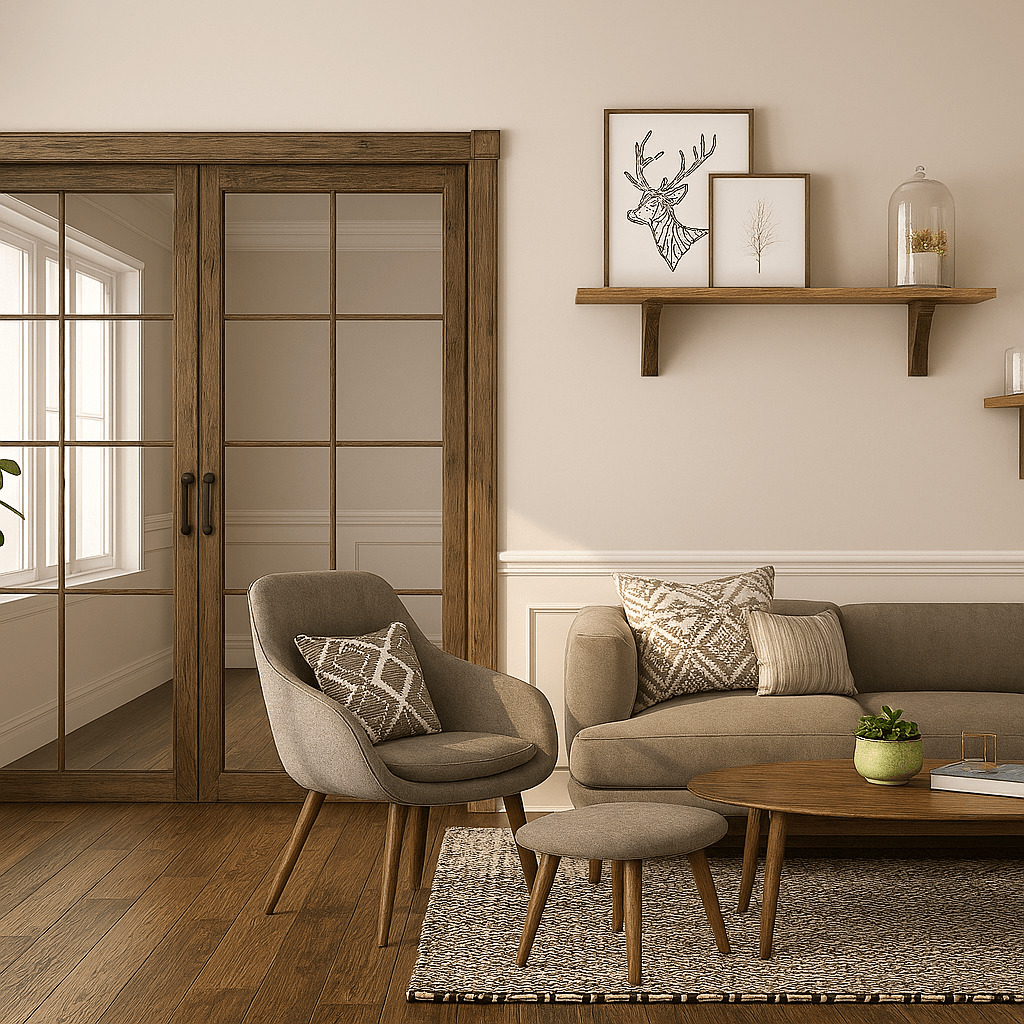
- Chair rail: Dining rooms, hallways, or staircases; anywhere wall protection or a decorative accent is desired.
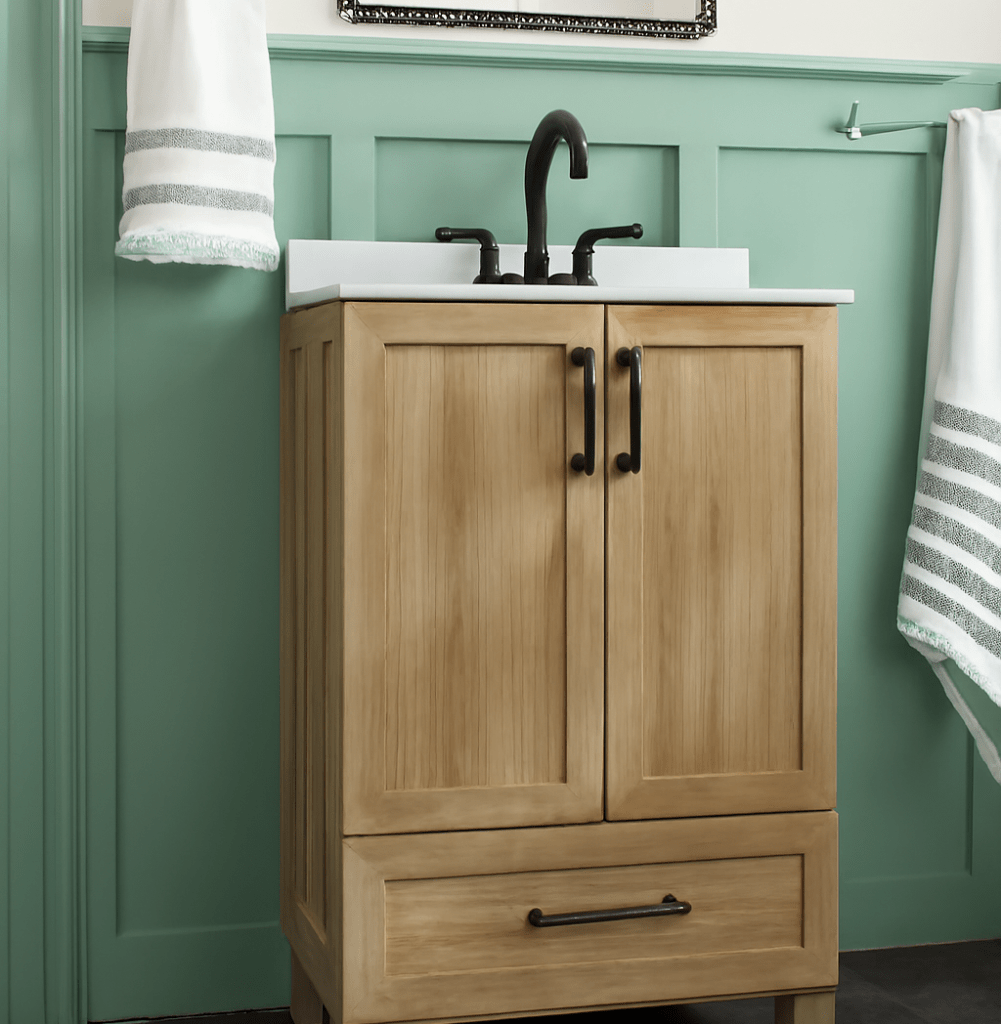
- Wainscoting: Dining rooms, foyers, corridors, stairwells, bathrooms—both for visual impact and practical resilience.
Modern Materials for Interior Mouldings
Advances in material science have broadened the selection far beyond traditional solid wood. Today, builders can choose from:
- Medium-Density Fiberboard (MDF): Cost-effective, smooth, ideal for painted finishes, but less resistant to moisture.
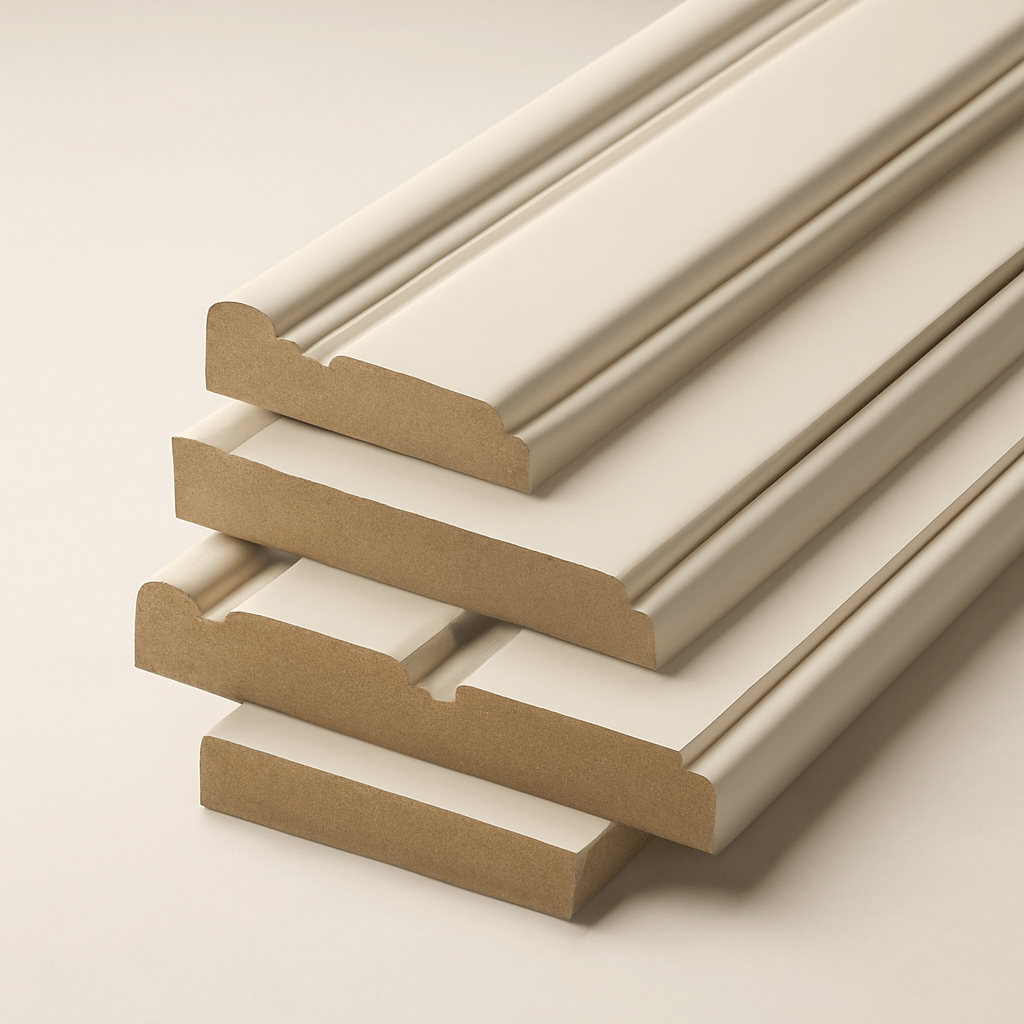
- Solid wood: Offers unmatched authenticity and durability; available in various species for staining or painting.
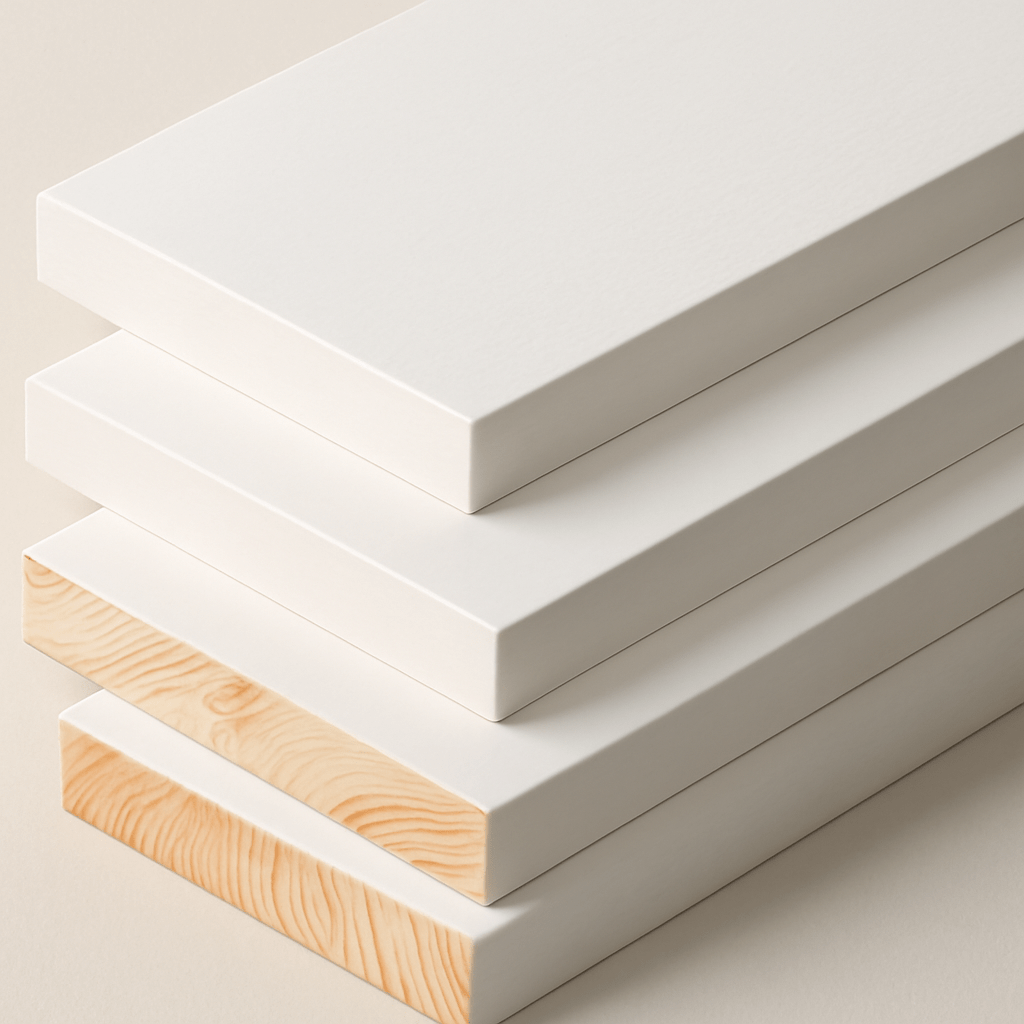
- PVC and polyurethane: Lightweight, moisture-proof, easy to install, and well-suited to kitchens, bathrooms, and basements.
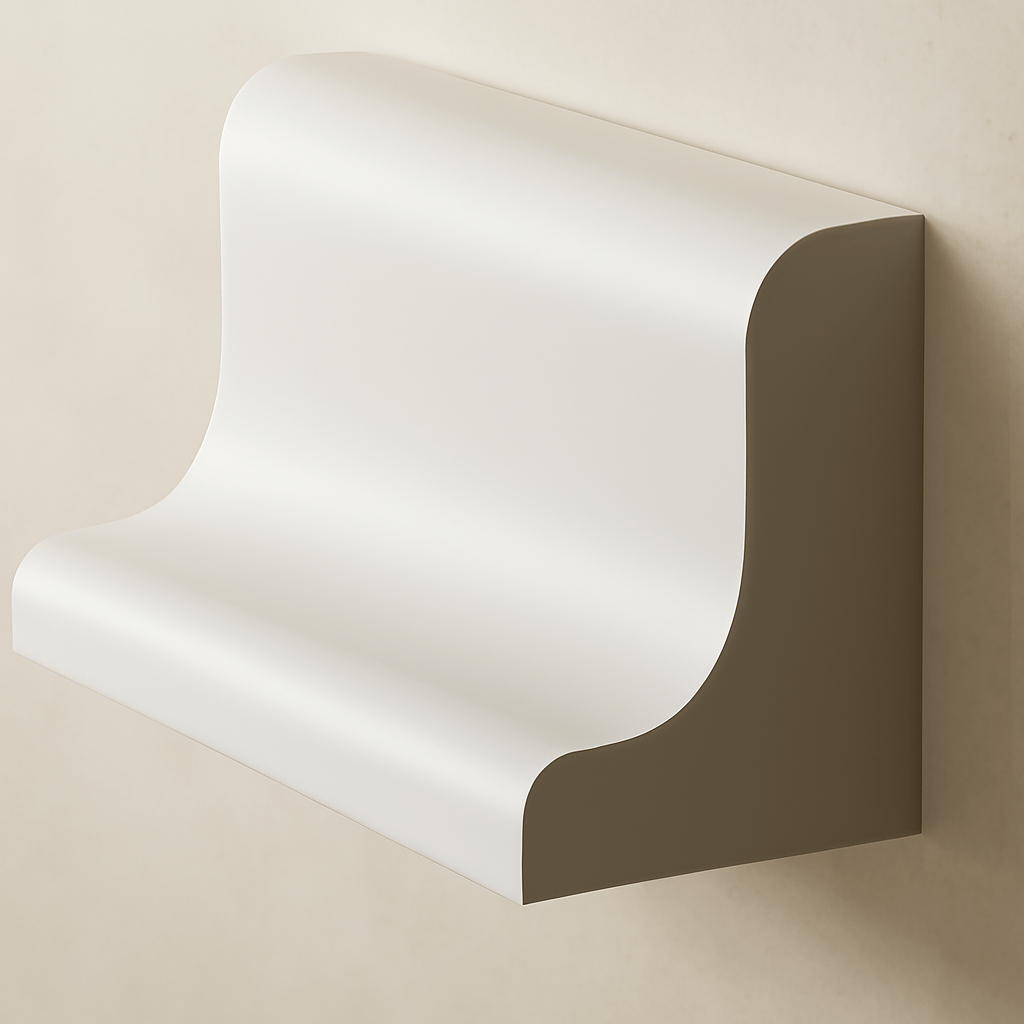
Material choice affects installation technique, finish quality, longevity, and project cost, so understanding the pros and cons is essential for a lasting result.
How to Select the Right Mouldings: A Professional Approach
Choosing the right interior mouldings is both an art and a science, and careful planning will save time, money, and frustration. Here are essential, professional tips—supported by industry recommendations and data—to ensure every detail is considered:
- Always Measure Precisely Before purchasing, carefully measure every wall where moulding will be installed. Account for corners, windows, and doors, then add at least 10% extra length to accommodate miter cuts, mistakes, and pattern matching (10–15%). For crown moulding and baseboards, which are typically sold in 8-foot or 12-foot lengths, calculate your total needs and round up to the nearest piece.
- Buy Extra Material Professionals recommend purchasing 15–20% more material than the calculated requirement. This allows for errors, waste, and last-minute adjustments—especially in rooms with lots of angles or complex profiles. Save leftover pieces for patching or future repairs.
- Match the Style to the Architecture Trim and moulding should reflect your building’s architectural style. Classic homes benefit from traditional, ornate profiles, while modern interiors look best with sleek, simple lines. A unified style throughout the project creates a cohesive look.
- Consider Scale and Proportion Use the “7% rule” for baseboards (choose a height about 7% of your ceiling height), and keep door/window casings about half the baseboard’s height. High ceilings can handle larger profiles; smaller rooms require restraint.
- Choose Durable Materials for Each Space Select moisture-resistant PVC or polyurethane for bathrooms and basements, and solid wood or MDF for dry areas. Pre-primed mouldings save on prep time; stain-grade woods require more finishing work but deliver premium results.
- Think About Installation Intricate moulding profiles or hardwoods may require professional carpentry skills and specialized tools. Factor in labor costs and installation complexity when making your choices.
- Don’t Forget Finishing and Paint Plan your finish early: painted trim can unify disparate profiles, while stained wood highlights grain and craftsmanship. Pre-finishing before installation speeds up the job and leads to cleaner results.
- Sample Before You Buy in Bulk Lighting and wall colors can change how a moulding appears. Order samples to review in the actual space before placing large orders (Woodgrain Guide). This helps avoid costly mismatches.
- Practical Tips from Professionals:
- Work from one corner around the room for seamless joins.
- Save all offcuts—they can be used to finish corners or repair mistakes.
- For long walls, stagger joints and use scarf joints rather than butt joints for a more professional finish.
- If you’re unsure, consult a local supplier or finish carpenter for expert advice tailored to your project.
With precise measurements, style consistency, smart material selection, and a careful approach to finishing and installation, you’ll achieve a result that elevates every space.
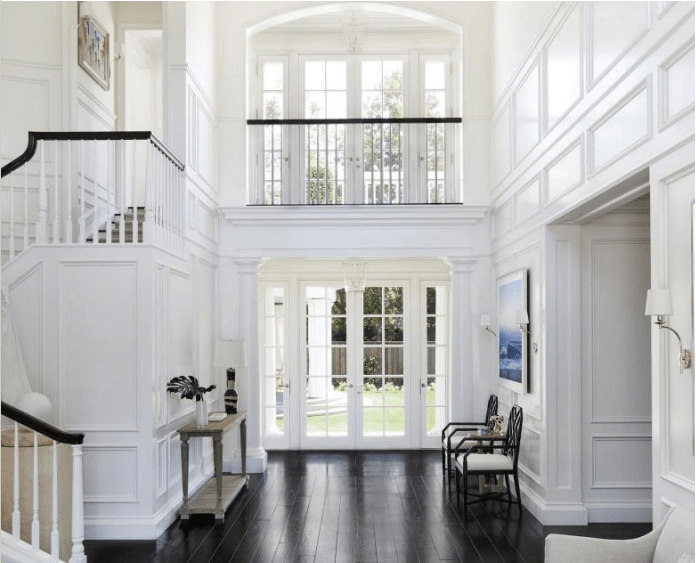
Conclusion
Interior mouldings are more than finishing touches—they’re vital elements that shape how we experience and remember spaces. By understanding their types, applications, materials, and selection strategies, builders can create interiors that feel coherent, distinctive, and truly complete.

